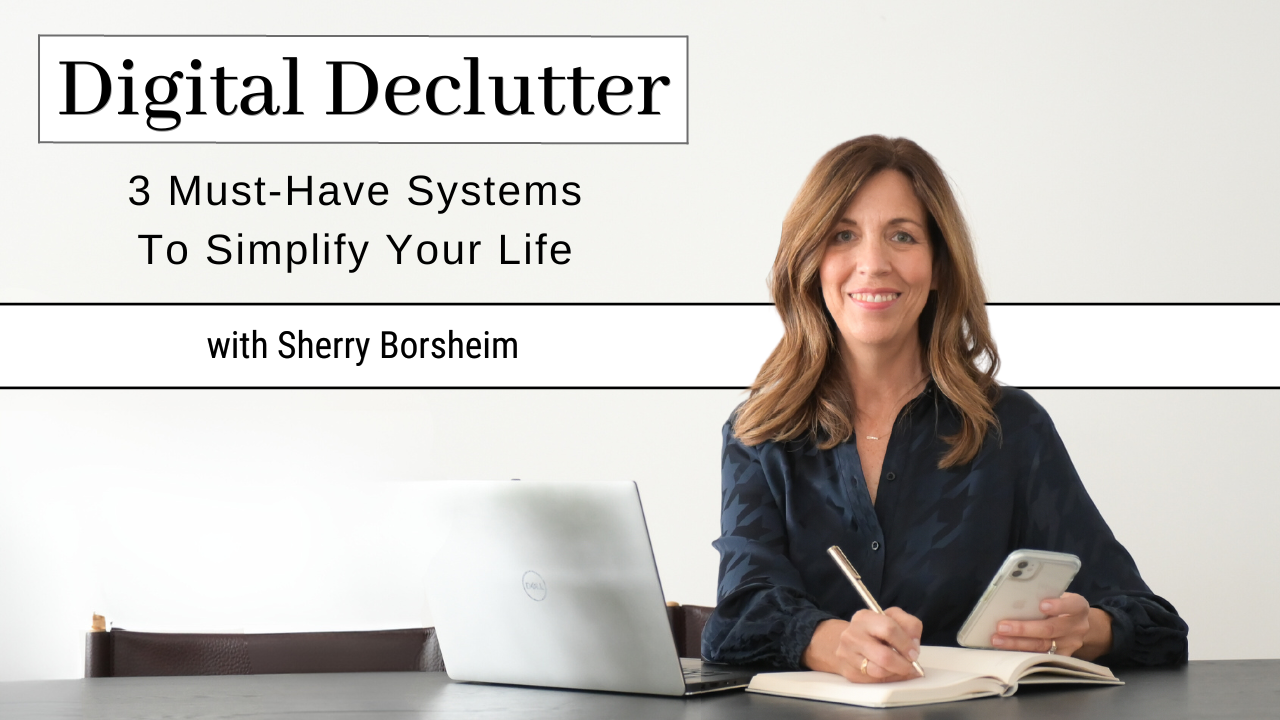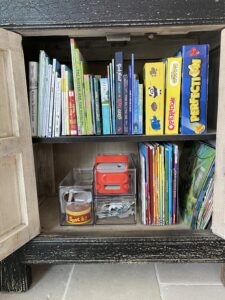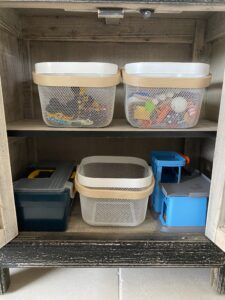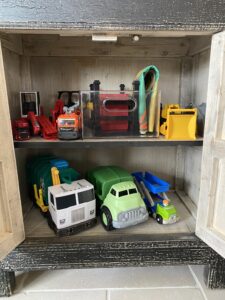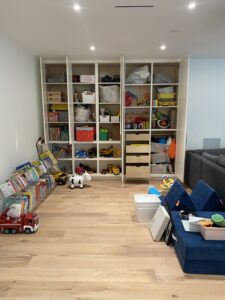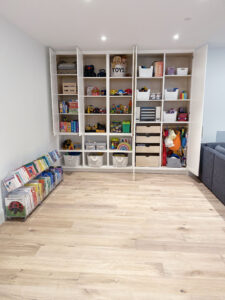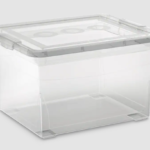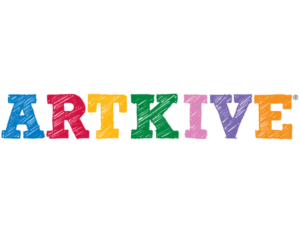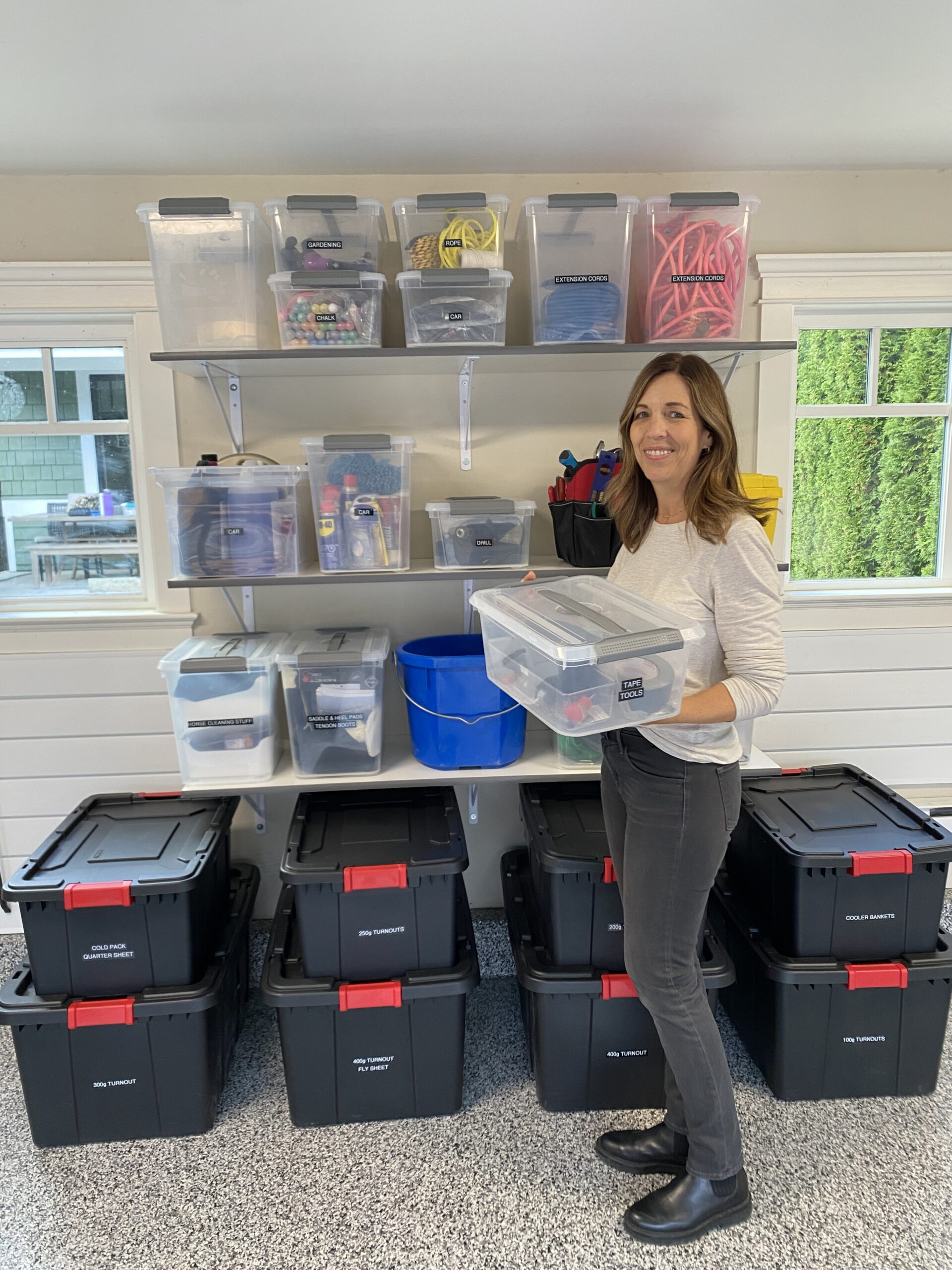
It’s easy to get through sorting paper clutter with the F.A.S.T. system!
I’m so excited to unveil this tried-and-true strategy that I’ve perfected over the past two decades. This approach has helped 1000’s of my clients navigate through years of paperwork.
From collections of the tiniest scraps to entire storage rooms filled with archive boxes, I’ve seen it all! I’m here to guide you through the steps of this simple and effective method for conquering your paper clutter.
As someone who has dedicated years to organizing and streamlining paper systems, I’ve developed a handful of techniques that allow you to swiftly sort without feeling overwhelmed. The goal is to make paper organization a manageable – and even enjoyable! – process 🙂
Did you know that people spend a significant amount of time each day searching for information amidst clutter? Imagine what it would be like to reclaim that time… maybe it’s an hour a day, which builds up to five whole hours a week. What would you do with all that extra time? You could finally be able to redirect it toward activities you truly enjoy but never have time to do or a side hustle you’ve been trying to get off the ground for years!
So let’s dive right into my top 10 strategies for decluttering your spaces and taming those unruly paper piles.
✨ FREE DOWNLOAD ✨
Brain Dump Exercise
Release your mind clutter today!
✨ FREE DOWNLOAD ✨
Brain Dump Exercise
Release your mind clutter today!
Sorting Paper Clutter With The F.A.S.T. System
-
Start with the Visible Piles First
When tackling paper chaos, begin with what’s right in front of you. It’s tempting to dive into hidden storage spaces that we know are the fullest. But visible clutter is actually the perfect place to start as it will help our minds feel the best throughout the rest.
Whether it’s your kitchen counter, home office desk, or any other surface, designate one spot as your starting point (to make this even more efficient, gather all the scattered piles into one location, like a laundry basket). This strategy is about seeing quick and immediate progress. As you clear the visible piles, you’ll start to feel motivated by the transformation of the newly cleared surfaces! Starting with this visible clutter sets a positive tone for the rest of the process, and you can visually enjoy all your hard work along the way. Let those shoulders drop and release.
-
Gather Your Supplies
Before you dive into the actual sorting process, ensure you have the right supplies at hand. Grab a few boxes, baskets, or bins – even a shoebox will do. You’ll also need post-it notes and a pen. Label each box: “File,” “Action,” “Shred,” “Recycling,” and “Other Room.” Setting up your sorting station streamlines the process and helps you make quick decisions about each piece of paper. This is because you’ll already have a place to categorize them for the next step.

Photo @traceyaytonphotography
Styling @la_concepts
-
Implement the F.A.S.T. Method
Here’s where the magic happens🪄
F.A.S.T. stands for “File,” “Act,” “Schedule,” and “Toss.” So as you are sifting through your paper piles, apply this acronym to each piece. Does the paper require filing away for future reference? Is there an immediate action to take? Should it be scheduled into your calendar for a specific date? Or is it something to get rid of through recycling or shredding? The F.A.S.T. system cuts through the drawn-out decision-making process, making sorting much more efficient. Simply File, Act, Schedule, or Toss – repeat this mantra as you go through your papers, and watch your piles disappear.
- Pick Out The Bulk
To make the most significant difference in your paper piles, focus on thicker items first. Gather all magazines, binders, file folders, and bulky documents. By addressing these items early on, you’ll see a noticeable difference in the physical volume of your stacks. This visual progress serves as a great motivator to keep you going!
-
Create Your “Action File System”
Designate a space for your “Action File System.” This will be the area for papers that require action but not immediately. Whether it’s a bulletin board or an in-tray, this simple system keeps your pending tasks front and center. Nearby, keep a stack of post-it notes and a pen handy. Each paper should have its next steps outlined clearly on a post-it note or written directly on the paper itself. These clear action steps ensure you don’t miss important tasks, won’t forget what you had to do with something, and help you to stay organized.
-
Designate a Command Center
Establish a command center for new incoming papers. This central location (which could be a section of your kitchen counter, entryway table, or shelf) is where you’ll manage all the paper that enters your home. When deciding where this will be, think about where your most common “drop zones” are. Keeping an “in-tray” or basket here for mail makes it easy to sort as soon as it arrives, plus you’re already autonomously dropping papers there anyway. Easy habit change! By handling incoming paper at your command center often, you prevent clutter from spreading throughout your home and can streamline the sorting process.
-
Going Paperless
Where possible, transition to a paperless system. Opt for digital statements, bills, and receipts when you can. Utilize your phone or a scanning device to digitize existing paper documents. While going fully paperless takes time, the long-term benefits in terms of reduced clutter are undeniable! If you’re a business owner like me, going paperless can even allow you to work remotely. Since I’ve been committed to going as paperless as possible, I’ve done about 80% of my business just through my smartphone.
-
Stick to a Consistent Routine
To maintain an organized paper system, establish a regular routine to keep up with it. Designate a specific time each week to process your paper. Whether it’s Sunday evening or a half hour after work each day, setting aside time for paper management will ensure tasks don’t pile up and become overwhelming again.
-
Schedule Time to Tackle Backlog
If you’re dealing with a backlog of papers, take a methodical approach. Set aside some time in your schedule to address this backlog whenever possible. Aim for an hour each week, then increase it to a few hours a week, or as much time as you’d like to dedicate to the paper project. Remember, this is an ongoing process, so be patient with yourself and your progress. as you work on solidifying these habits. It may take a while to reach your goals, but each day you make progress is another day closer!
-
Involve Family Members
Share your paper management system with your family members. Ensure they understand how the system works and encourage their participation! Organization is a great thing to bond each member of a household and keep everyone on the same page. Plus it is a great skill to teach little ones!
Conquering paper clutter is 100% an achievable goal, and implementing these strategies will set you on the quickest path to success!
The key is consistency and customization. Tailoring your approach to fit your preferences and lifestyle will help you incorporate these new habits without a rough adjustment period. As you clear the paper piles and establish efficient systems in your home and office, you’ll be sure to enjoy more organized and stress-free living and working spaces!
Which strategy will you be implementing today? Comment below!
Like this article?
You’ll love this one
How to Organize a Year of Kids’ School Papers

Don’t know where to start decluttering?
Sign up for my free newsletter so I can send you the best organizing tips and strategies each week.
(and some freebies, too!)
